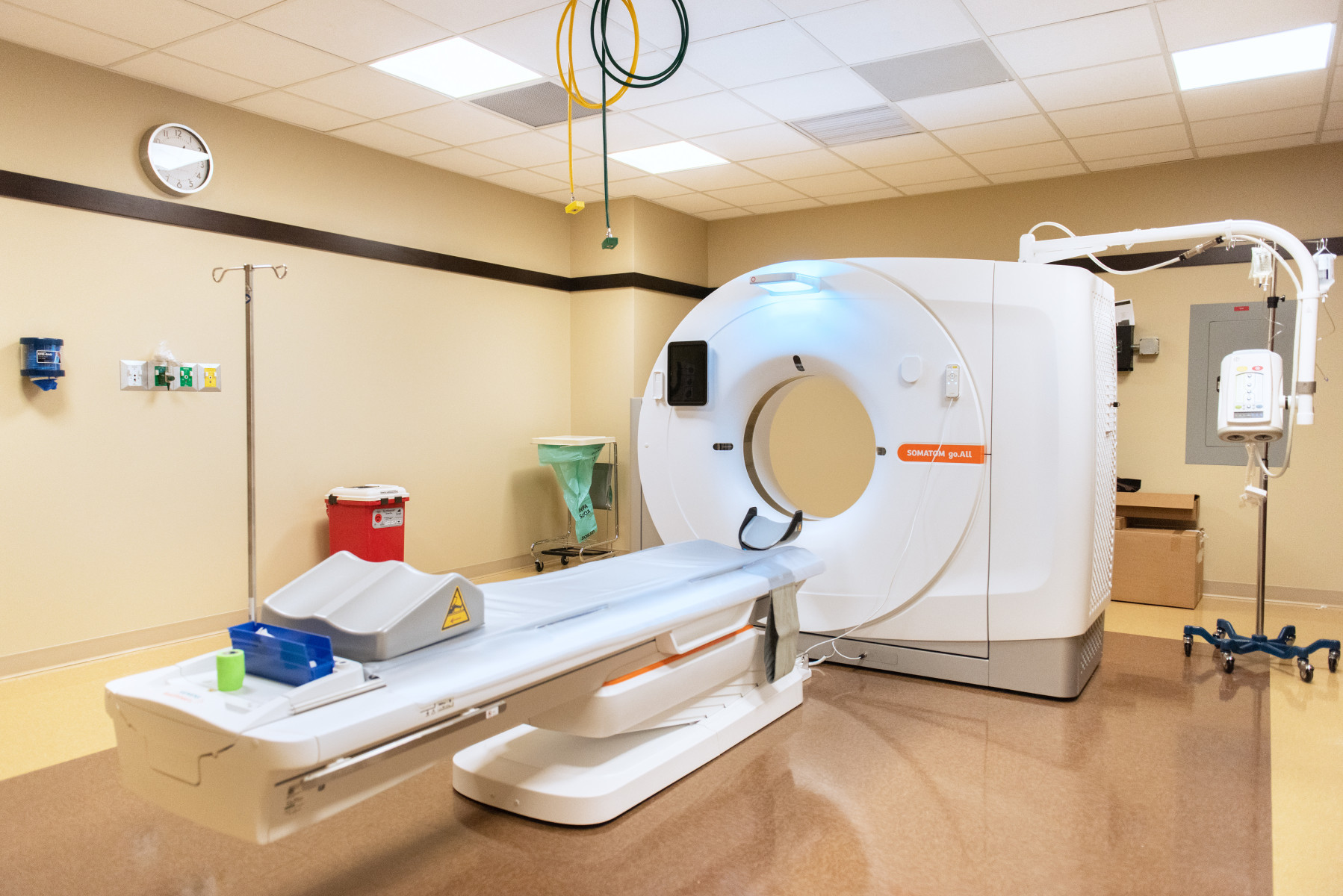
Demand for testosterone therapy has soared in the United States with more men seeking to increase hormone levels in hopes of enhancing virility, strength and energy. Testosterone therapy has become a burgeoning business with direct-to-consumer men’s health platforms proliferating online in recent years. While testosterone therapy benefits some men, it can be harmful for others, making it critical that patients understand the benefits and risks before starting the therapy.
A new Northwestern Medicine study published in JAMA Internal Medicine found that many of these platforms are not providing care in concordance with the American Urological Association (AUA) and Endocrine Society (ES) guidelines for the safe and effective management of men on testosterone therapy.
“Testing and treatment for low testosterone is more accessible than ever before thanks to these online platforms. Men can be evaluated and even start testosterone therapy without leaving home,” said Joshua Halpern, MD, MS, assistant professor of Urology, the senior author on the paper and a urologist at Northwestern Medicine. “While there’s benefit in improving access, there’s also potential for harm when providers fail to follow evidence-based guidelines, or when the benefits and risks of treatment are not appropriately communicated.”
Men with low testosterone levels, or hypogonadism, may experience symptoms such as erectile dysfunction, decreased libido, fatigue and depression among other issues. While therapy to increase the hormone can improve these symptoms for some, it can be ineffective or even harmful when prescribed to men who don’t meet the criteria for hypogonadism including increased risk for infertility and cardiovascular events, as well as other side effects.
Using a secret shopper, the study authors evaluated seven U.S.-based online companies that provide testosterone therapy in all 50 states. Utilizing a script to inquire about and initiate testosterone therapy, the secret shopper identified himself as a 34-year-old man with hypogonadal symptoms, including low energy and low libido, who was interested in future fertility. For each of the platforms, he completed the intake evaluation, required laboratory diagnostic testing and an initial telemedicine consultation, which was conducted by either a nurse practitioner, physician assistant or non-medically licensed individual.
“While my interactions with the telemedicine platforms were pleasant and efficient, I was surprised by some of the gaps in their counseling and their recommendations that I pursue testosterone therapy,” said Justin Dubin, MD, the first author and secret shopper for the study.
The authors found that online platforms are offering therapies to men who do not meet guidelines for testosterone deficiency, while also failing to convey the risks and benefits of therapy. The study is the first to identify guideline-discordant practices by direct-to-consumer testosterone therapy platforms, with the following key findings:
- 85.7 percent of the platforms offered testosterone therapy despite the secret shopper having normal total testosterone (TT) and free testosterone levels and desiring future fertility.
- Only one of the seven platforms asked the secret shopper about recent cardiovascular events or his desire for future fertility.
- Criteria for offering testosterone therapy were discordant with AUA and ES guidelines with one platform only offering treatment for men with TT below 450 ng/dL (normal range = 264 – 916 ng/dL), while the other six have no threshold for treatment initiation.
- Half of the platforms quoted a treatment goal of more than 1,000 ng/dL TT levels and did not discuss fertility risks of testosterone therapy.
- 83.3 percent did not discuss the risks of polycythemia, which is an increase in blood thickness.
- In addition to testosterone therapy, the secret shopper was also offered a broad range of off-label medications.
As the popularity of direct-to-consumer testosterone therapy grows, the authors hope that future policy initiatives will facilitate more consistent and guideline-based care by these entities.
“Online platforms have great potential for expanding access to men’s healthcare screenings and treatments, especially for issues like erectile dysfunction and infertility,” Halpern said. “However, until these services are providing therapies based on established guidelines, it’s important that patients and providers are educated on the potential pitfalls of seeking this type of treatment online.”
For men with concerns about their testosterone levels, Halpern recommends seeing a provider with expertise in hypogonadism, such as a urologist, endocrinologist or even beginning with their primary care physician. For some men, lifestyle modifications alone may improve their physical symptoms and enhance mood.
“Testosterone isn’t a magical solution, but it can be a very effective therapy when prescribed appropriately and within guidelines,” Halpern said. “For others, making lifestyle choices that emphasize exercise, healthy eating and adequate sleep may be the right answer. Working with an experienced provider is the first step to finding the right individualized care plan to fit your personal needs.”
The Northwestern Medicine Urology Program ranks amongst the nation’s most experienced and well-respected, providing comprehensive inpatient and outpatient care, including state-of-the-art diagnostic and treatment capabilities for men, women and adolescents.






